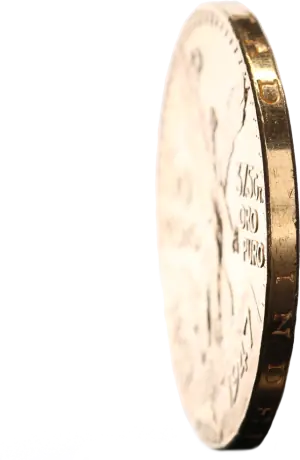50 Gold Mexican Pesos | 1821-1947
€3,607.66 | Gross incl. VAT |
| Amount | Premium |
|---|---|
| 1+ | €117.13(3.36%) |
50 Mexican Pesos Centenario
In 1910 Mexico celebrated the Centennial of the beginning of its War of Independence with Spain. To commemorate the event, a giant column was erected in the middle of Mexico City with a statue of "El Angel de la Independencia", "The Angel of Independence", sitting atop. This 6.7-meter statue, constructed of Bronze and Gold, represents the "Winged Victory", a Greek symbol for the goddess Nike (Victory). In her right hand the Angel holds a luarel crown, symbolizing Victory, while in her left she holds a broken chain, symbolizing Freedom.
The obverse (front) of the Mexican 50 Pesos features a striking portrait of Winged Victory standing in front of the Mexican volcanoes Iztacc'huatl and Popocat'ptl. This coin is often compared to America's most beautiful coin, the $20 Saint-Gaudens. The obverse also lists the face value ('50 PESOS'),the gold content, and the date of issue opposite the date of Mexican Independence,1821.
As a side note, coins dated 1943 only have a variation of this design. The gold content ('37.5 Gr. ORO PURO') appears on both sides of Victory.
The reverse (back) features an eagle and snake design surrounded by the words 'ESTADOS UNIDOS MEXICANOS,' which translate to United Mexican States.
Interestingly, the 50 Pesos, 10 Pesos, and 5 Pesos gold coins all feature the eagle facing forward, an antiquated version of the coat of arms developed in the French Style in the late 1800's.
Mexican 50 Pesos gold coins are often referred to as Centenarios. Their first year of issue was 1921 to celebrate Mexico's 100th anniversary of independence in 1821. From 1949 - 1972, nearly four million coins were re-struck, most likely with the date 1947.
| Country | Mexico |
| Weight1 | 37,50g |
| Product number | 11201 |
| Series | Mexican Peso |
| Mint | Banco de México |
| Purity | 900/1000 |
| Currency | Mexican Peso |
| Face value | 50 |
| Product packaging | Sachet |
| Diameter, mm | 37.00 |
| Thickness, mm | 2.70 |
Buy back
Sell your bullion coins and bars back to us with hassle-free and secure buyback service.
Enjoy competitive rates based on real-time metal prices.













